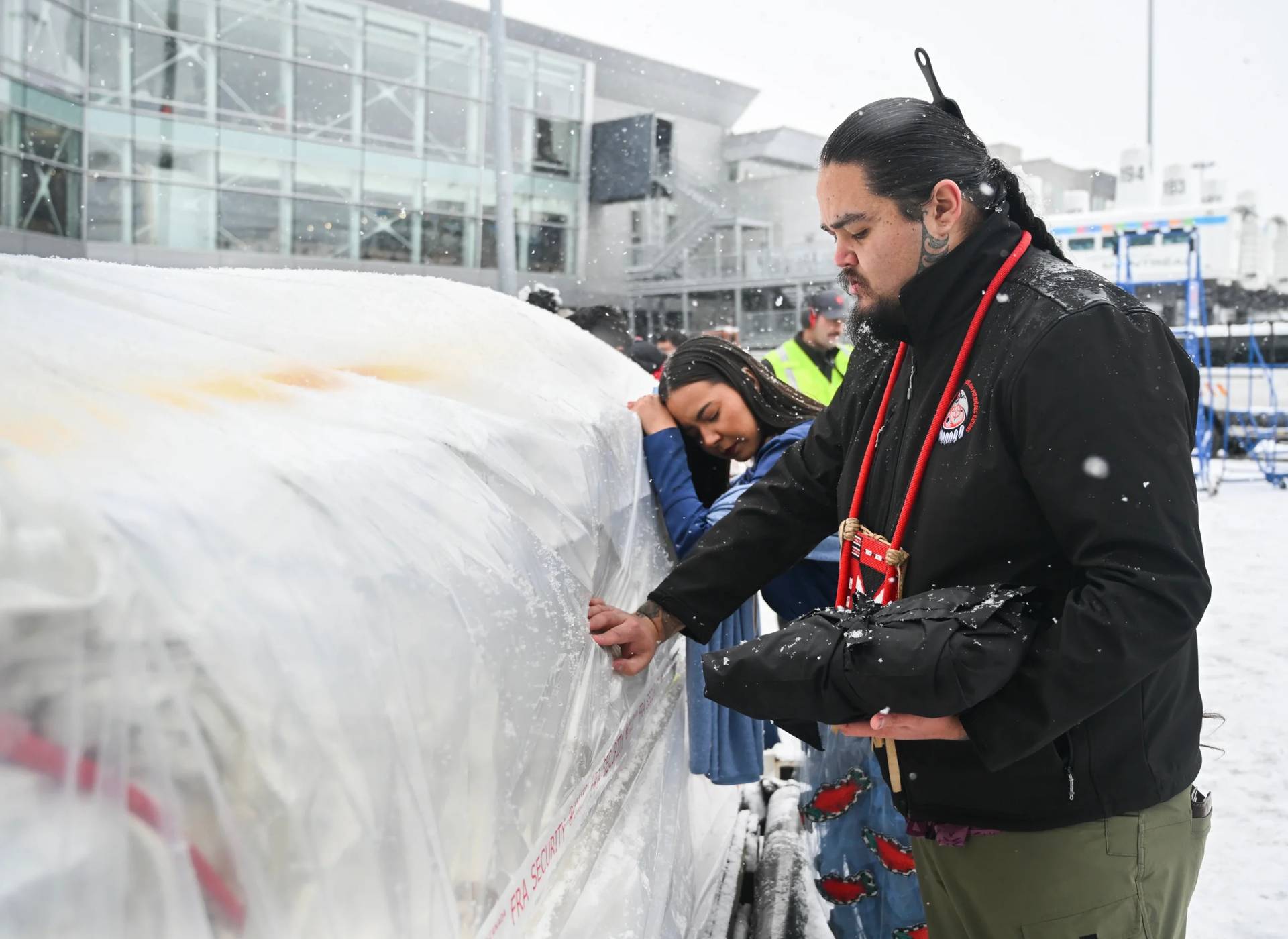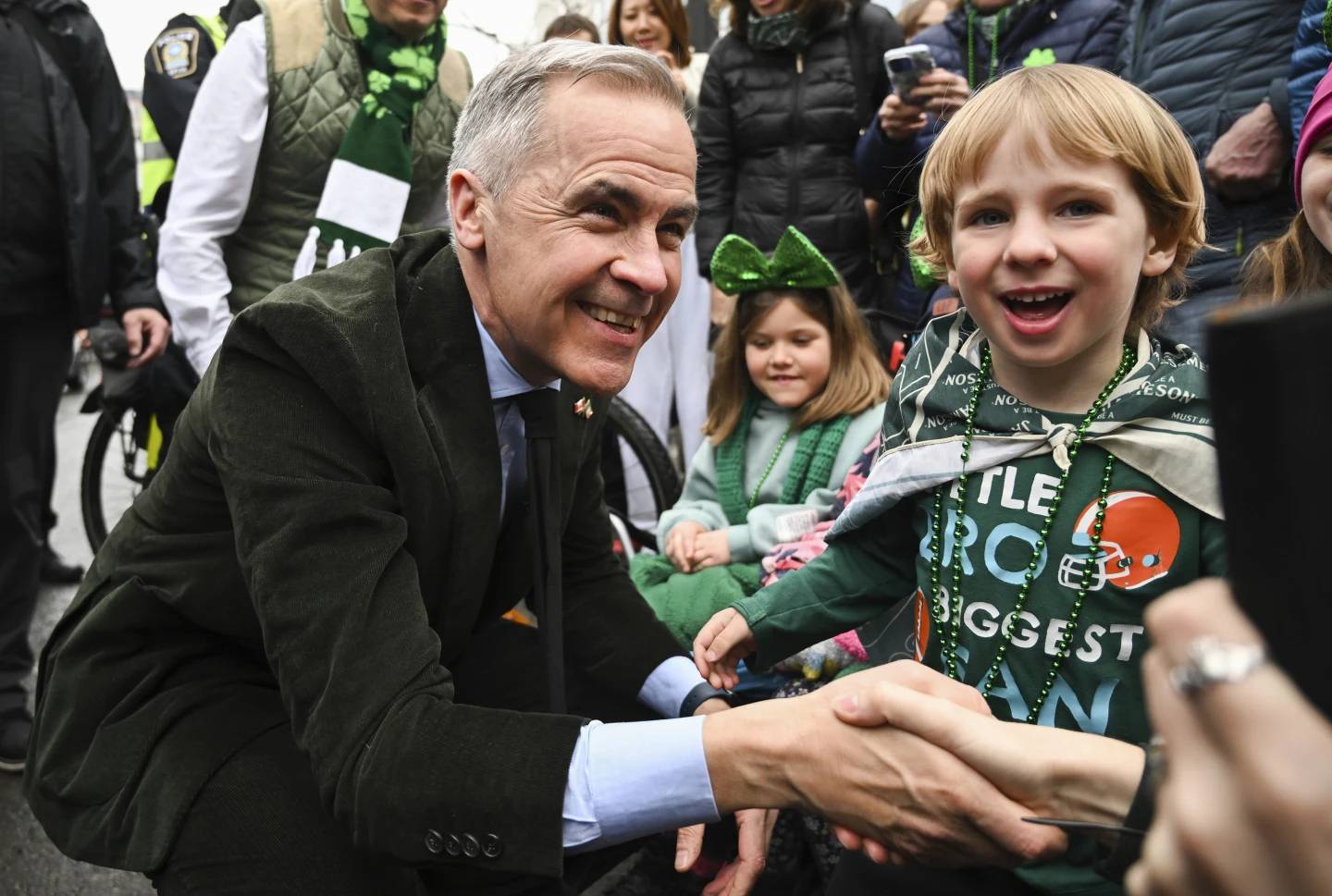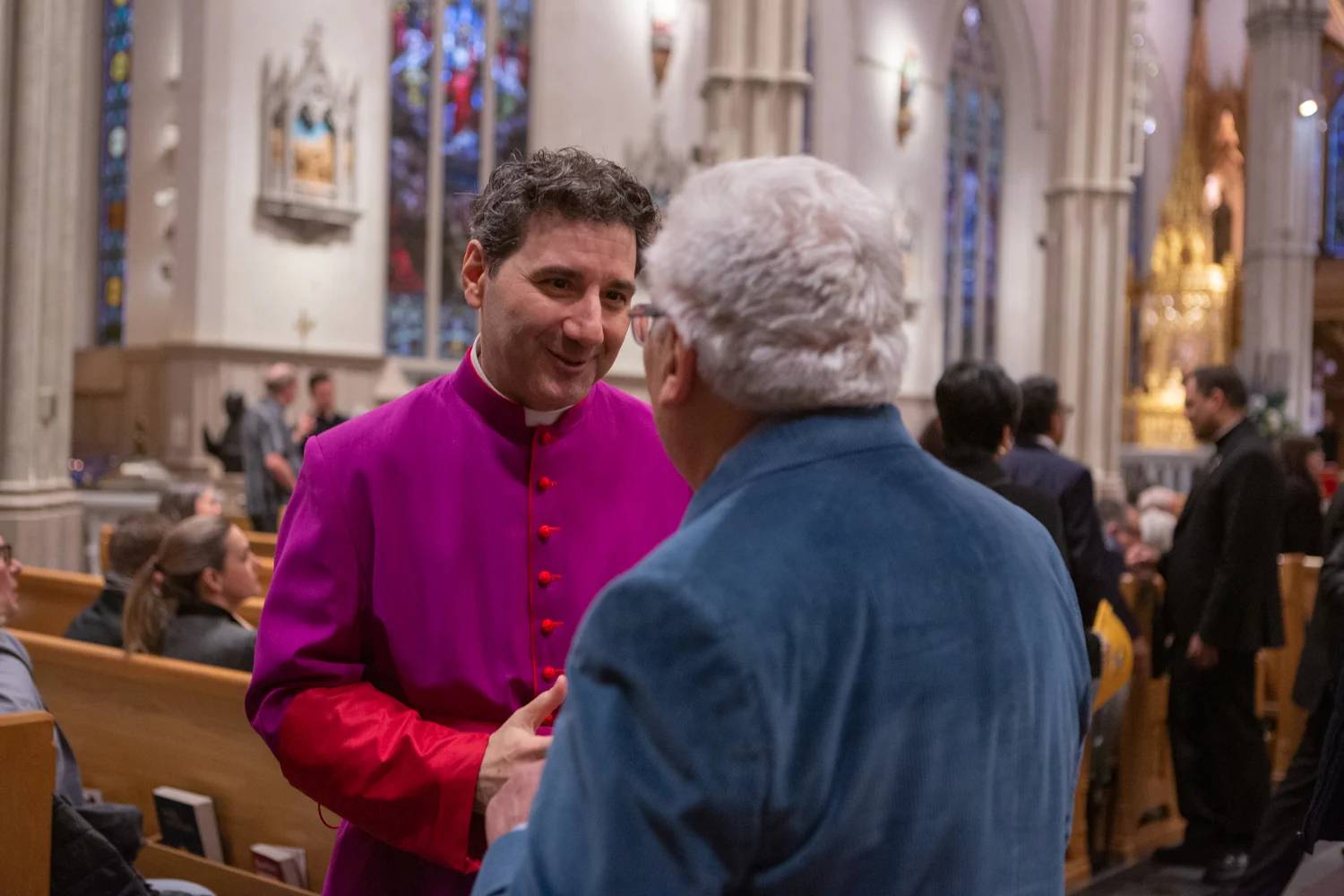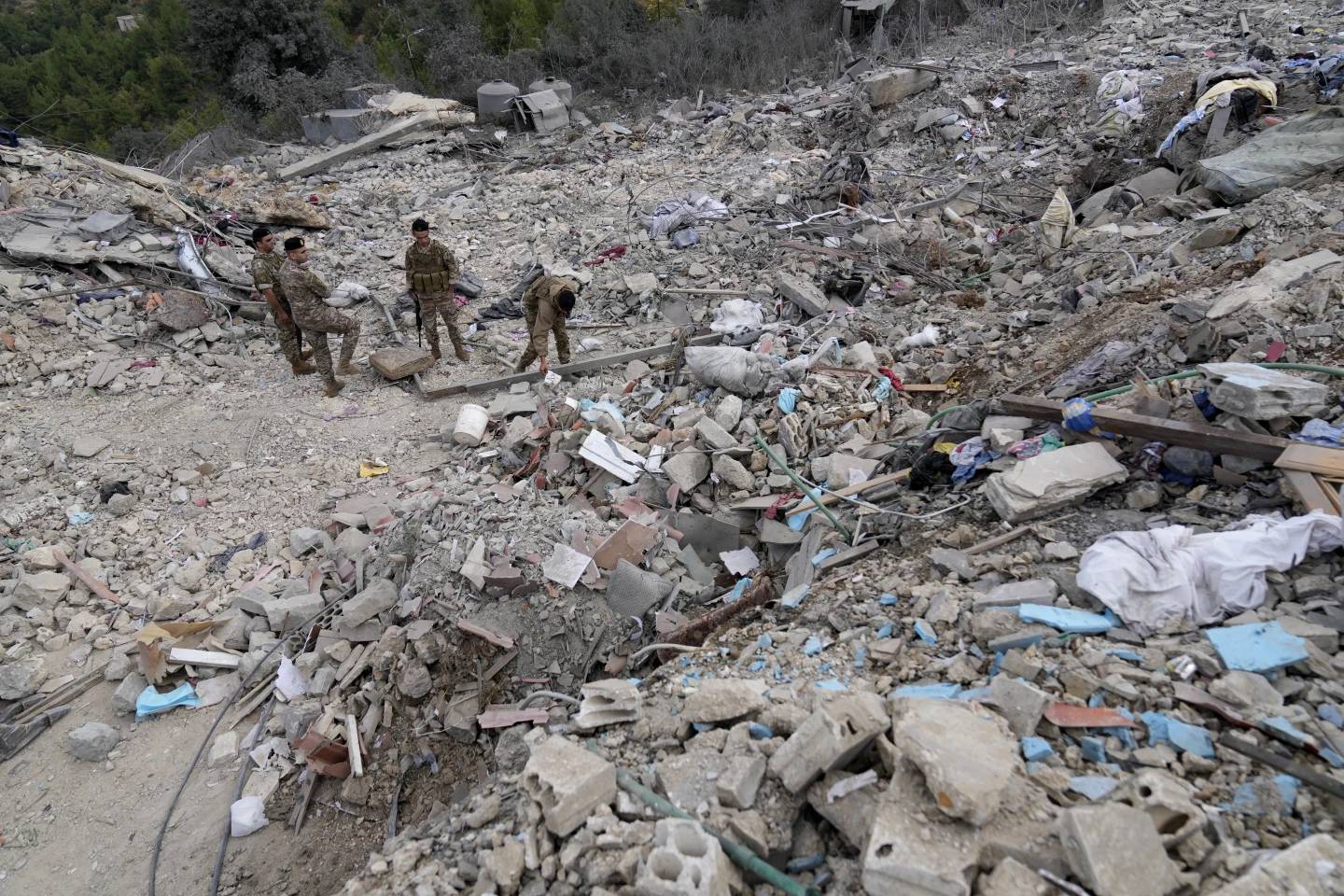NEW YORK – About six months after Canadian bishops wrote pastoral letters to Indigenous communities outlining plans for reconciliation in the wake of revelations of historical abuse at church-run institutions, the bishops have set in motion a reorganization of their Catholic Canadian Indigenous Council to “help move things along.”
Among the changes are the addition of an “Indigenous consultant” to help guide future plans, and a reconfiguration of the Indigenous Council to make the ratio of members three Indigenous representatives to one bishop. To this point, council representation has been split 50/50.
The changes were discussed as part of the Canadian Conference of Catholic Bishops’ 2023 plenary assembly taking place this week. Bishop Mark Hagemoen of Saskatoon, chair of the Ad Hoc Committee on the CCCB’s Structure of Engagement with Indigenous Peoples, told Crux that while there’s no timeline on listening and healing, which are paramount to the bishop’s reconciliation efforts, there is a need for people to see that actions are taken.
“On the one hand, there is no timeframe. On the other hand, I think people need to see action, Indigenous and non-Indigenous people, and so I think part of our reorganization of the CCIC, and these working committees, is meant to help move things along more,” Hagemoen said.
“But moving things along more, it can’t just feature coming up with some sort of plan, it has to feature the ministry of presence, walking with people, hearing with elders,” he said.
Hagemoen added that increasing the number of Indigenous voices on the council allows them to both hear more from different perspectives, but also move things along. He also noted that the council has done a great job and built important relations over the years, “but now it is more action and outcome focused.”
“The bishops really need this work, and they really need to hear from the council,” Hagemoen said. “The council may not come up with all of the answers … but having the pathway in terms of approaching the Indigenous communities in concrete ways, that’s something the bishops look forward to.”
The pastoral letters the Canadian bishops published back in February were issued to the First Nations, Inuit, and Métis Indigenous communities. The letters – containing 26 total commitments – focused on deepening dialogue, working with community leaders to address social challenges, education, engaging Indigenous youth, and supporting advocacy efforts.
There was also a fourth pastoral letter to the people of God in Canada, asking them to join the “pilgrimage towards deep healing and lasting reconciliation.” The letter explains that the treatment of Indigenous Peoples is a “dark and tragic” part of both the Canadian and Christian stories.
The letters were collectively titled “That We May Walk Together,” stemming from the “Walking Together” theme of Pope Francis’s visit to Canada in July 2022.
The letters also included a pledge to fulfill a 2021 commitment by the Canadian Catholic Church to donate $30 million over a five-year period to “support healing and reconciliation initiatives for residential school survivors, their families, and their communities.”
At the plenary assembly, Bishop Raymond Poisson of Saint-Jérôme-Mont-Laurier and President of the Canadian Conference of Catholic Bishops, highlighted that the Indigenous Reconciliation Fund now stands at $11 million, “and is well on track to exceed its five-year target.” Hagemoen concurred, saying not only are they “very confident” that they’ll meet the goal, but they’re “committed to do this.”
The Canadian bishops’ reconciliation efforts come as the nation reckons with the history of its government-backed residential school program that aimed to assimilate Indigenous children into Canadian society. The government has also acknowledged that sexual and physical abuse occurred at these schools, many of which were operated by Catholic groups.
About 150,000 children attended the schools in the 19th and 20th century. More than 4,000 of the children died at the schools, according to Canada’s Truth and Reconciliation Commission.
In recent years, ground-penetrating radar detected “anomalies” at residential schools across Canada that were suspected to be mass graves. However, last month the basement Catholic Church on the Pine Creek First Nations lands Manitoba, Canada, where 14 “anomalies” were previously detected was excavated, and no human remains were found. The results led some to question the accuracy of the anomalies detected by the ground-penetrating radar, as no other sites have been excavated.
In an Aug. 18 video message, Chief Derek Nepinak of Pine Creek First Nation said “the results of the excavation take nothing away from the difficult truths experienced by our families who attended the residential school in Pine Creek.”Asked about the excavation results, Hagemoen concurred saying the “commitment is there regardless.”
“Frankly, I don’t think it’s impacted this effort at all,” Hagemoen said. “I would argue it’s kind of helped us because it brought awareness to the history of the Indian Residential Schools, and non-Indigenous people in my context are renewed in contributing to a response to healing and reconciliation.”
Hagemoen went on to explain that as their reconciliation efforts continue, listening is paramount.
“It’s the ministry of presence and listening,” Hagemoen said. “Then when you’ve thought you’ve listened enough, listen more. And then when you think you’ve listened enough, listen again. Listen, listen, listen.”
Follow John Lavenburg on X: @johnlavenburg

















